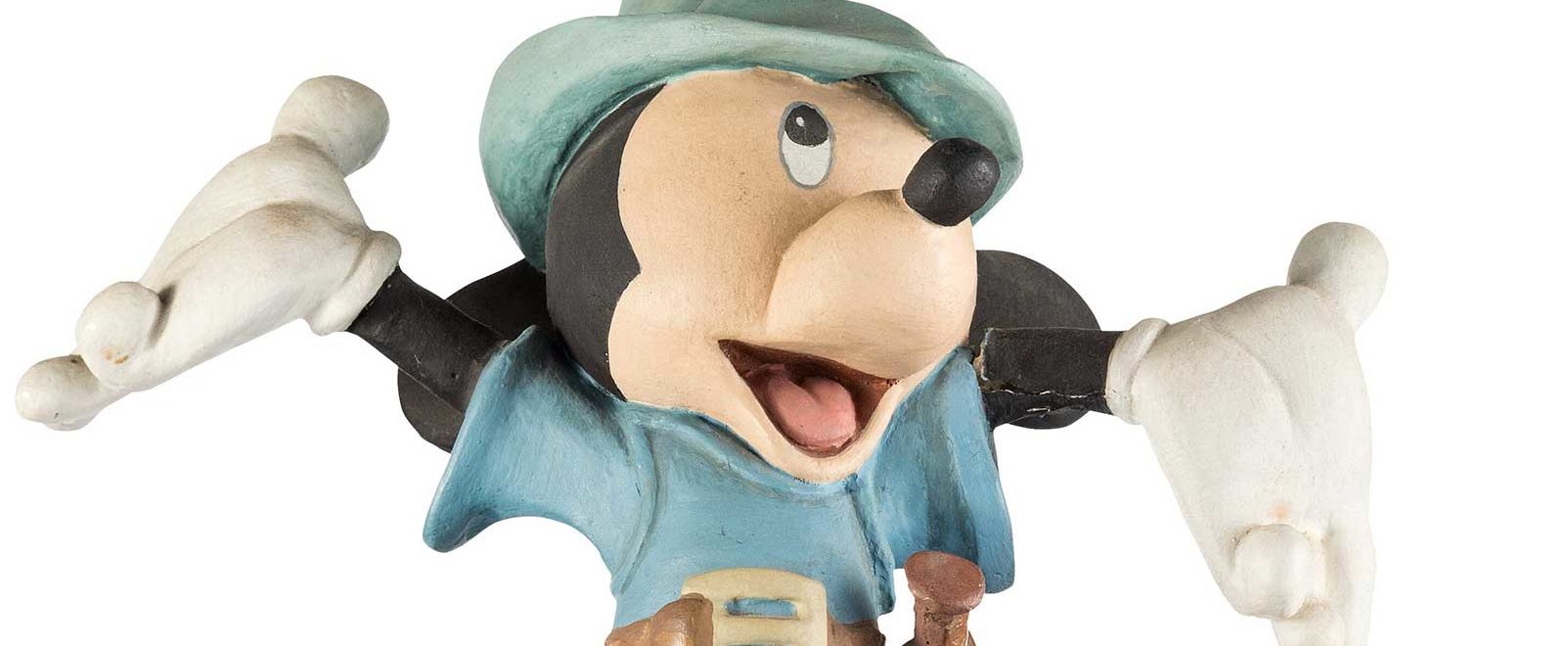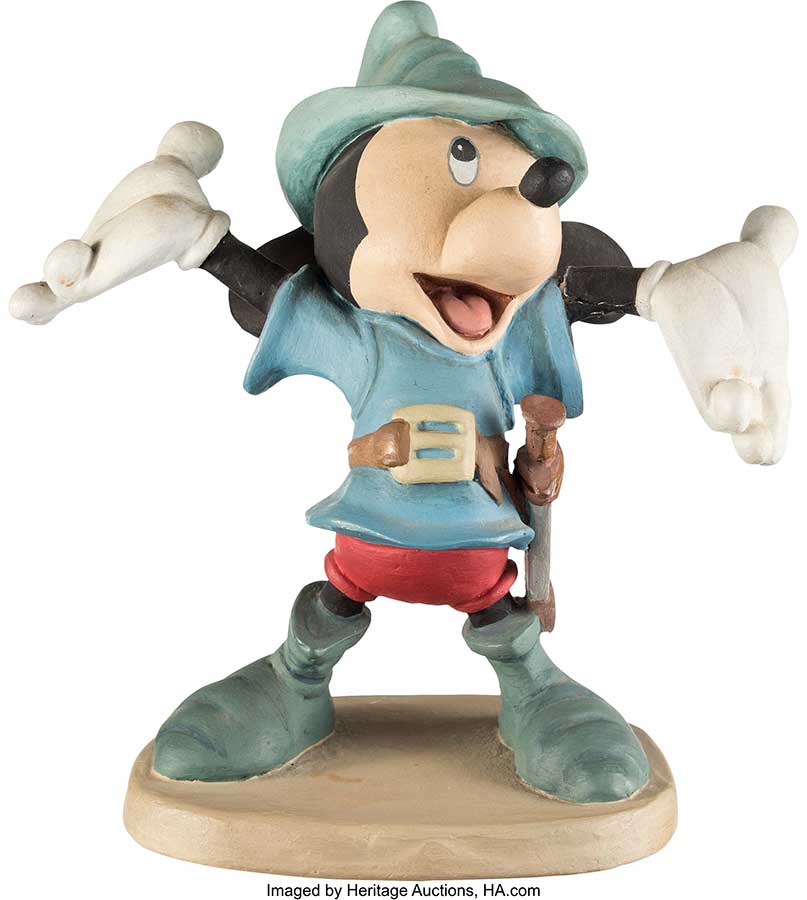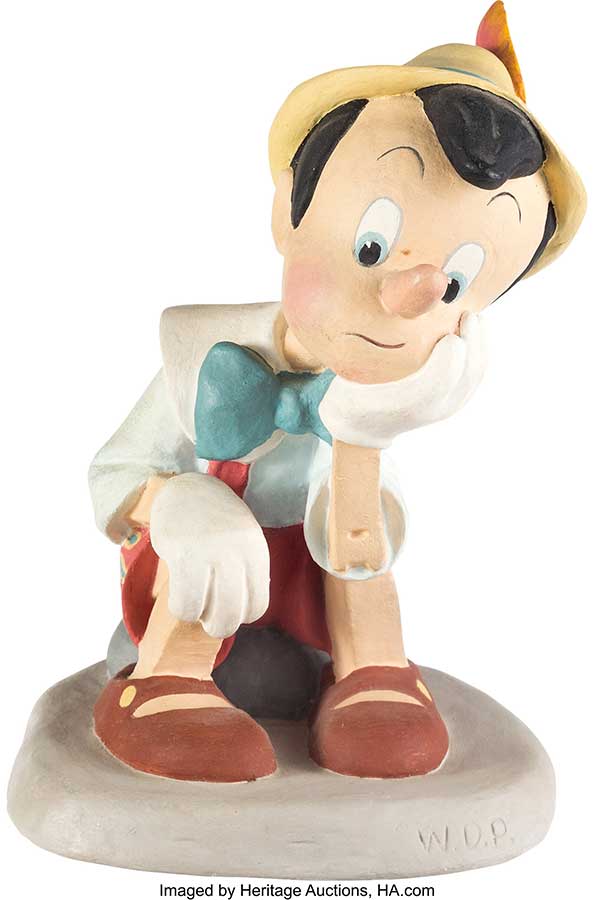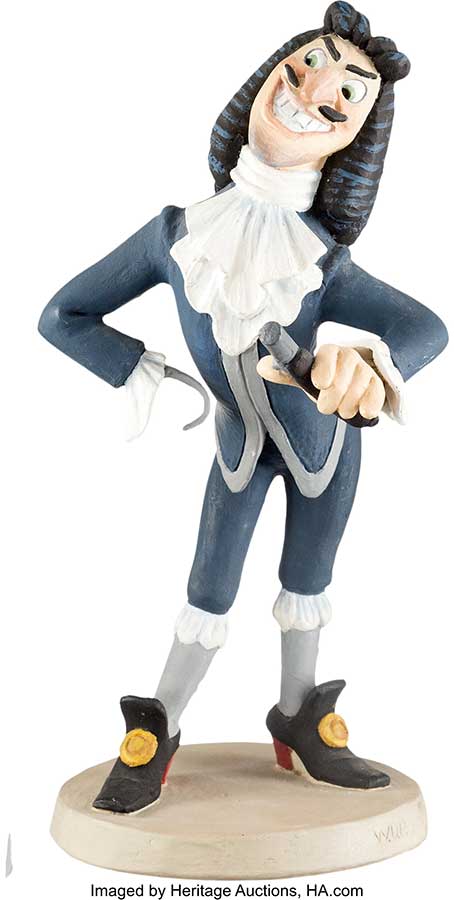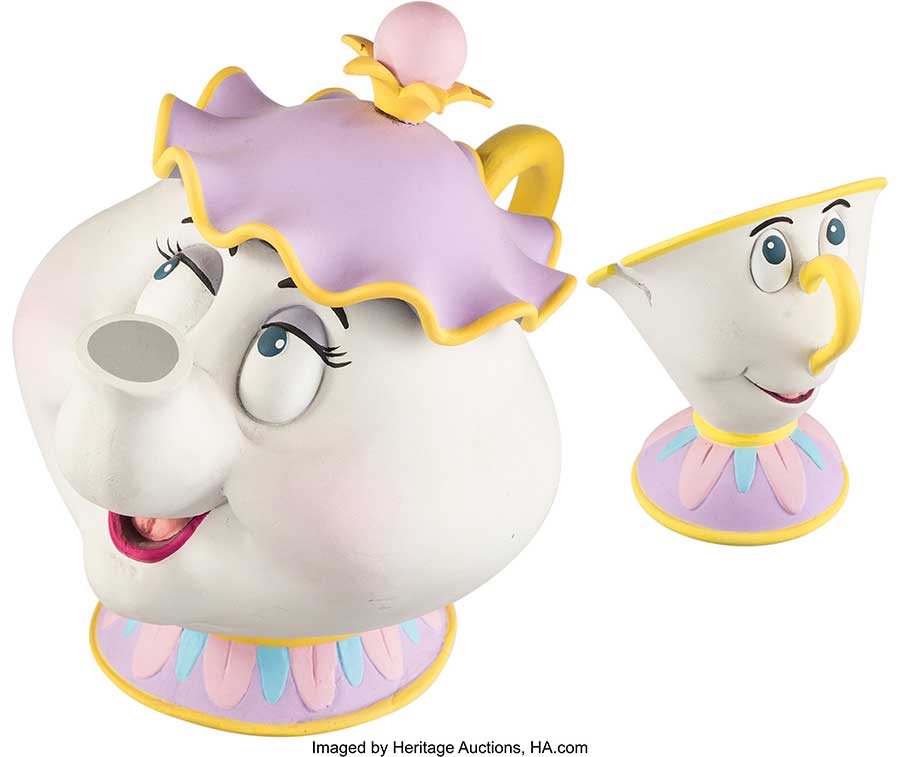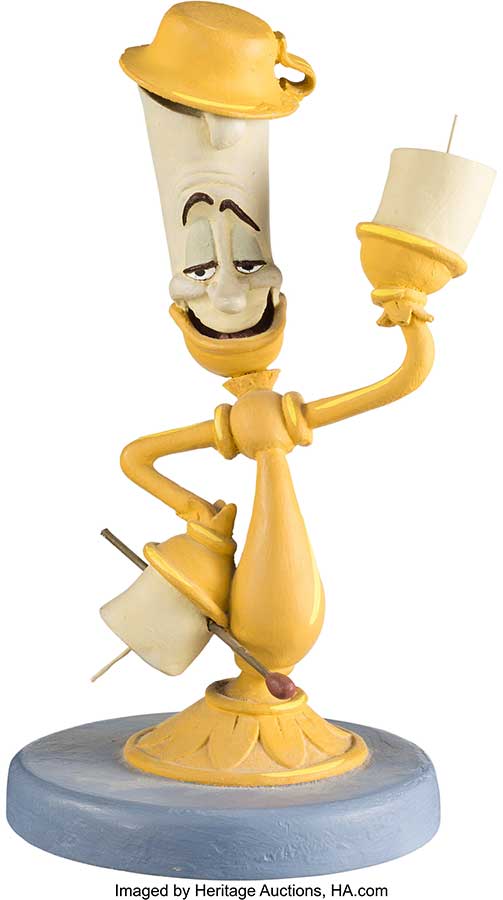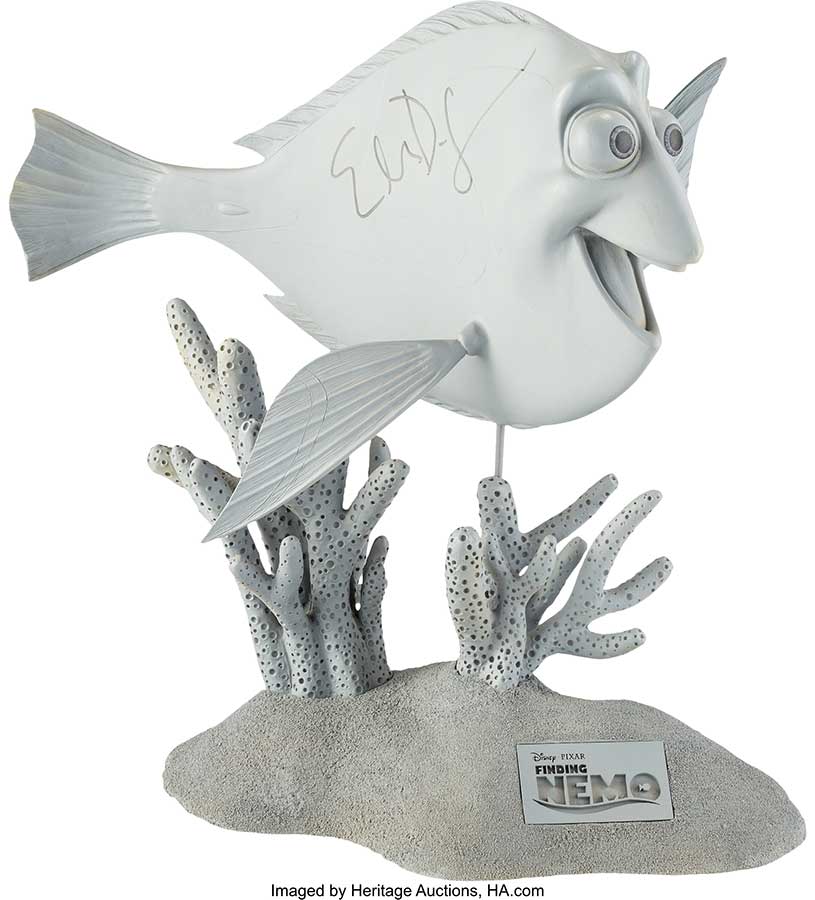RARE ANIMATOR’S MODELS USED IN THE MAKING OF THE STUDIO’S MOST ICONIC FILMS HEADLINE FEBRUARY AUCTION
By Laura Kostelny
EVENT
ANIMATION ART SIGNATURE® AUCTION 7268
Feb. 4-7, 2022
Online: HA.com/7268a
INQUIRIES
Jim Lentz
214.409.1991
JimL@HA.com
Whether it’s Baby Yoda, Buzz Lightyear, the parks in Florida and Southern California, or those magical Mickey Mouse ears, the audience for Walt Disney Company properties knows no bounds. But when it comes to Disney maquettes, the sculpted models animators use to view a character from all angles, it truly is a small world after all. That’s because these rare works of art were never meant to be anything more than three-dimensional tools used by the Disney animation department.
David Pacheco, who worked in animation, publishing and Disney Consumer Products during his 40-year tenure at Disney, notes that maquette-making dates all the way back to Snow White and the Seven Dwarfs. “[Animator] Marc Davis made a model of Snow White’s head out of clay so he could pick it up and see it from different angles,” Pacheco says. “He’d hold it and tilt it to study various angles and perspectives — how much nose do you see? How far do the lips extend from a side view?”
After the success of Snow White, the Character Model Department launched in 1938 under the direction of legendary Disney artist and story man Joe Grant, whose credits include 1940’s Pinocchio, the first feature-length Disney film to benefit from the department’s maquettes. “The Character Model Department sculpted, casted and made around 25 copies that were distributed to the animation team,” Pacheco says. Helen Nerbovig McIntosh — head of the maquette painting team in Disney’s Ink and Paint Department — then hand-painted them with the exact colors used in the films.
Although the models were all stamped with “Return to Character Model Dept.” on the base, animators sometimes took them home or received them as gifts when movies were particularly successful. But that wasn’t the only way they left the building. “Walt would also give them away to VIPs who visited the studio,” Pacheco says.
In their 1981 book Disney Animation: The Illusion of Life, longtime animators Frank Thomas and Ollie Johnston, who worked for Disney from the 1930s to the 1970s, also noted how highly coveted the maquettes were back then. Some “became permanent decorations in the offices of top personnel,” they wrote. “The rest had a way of disappearing, especially as we neared the end of a picture.”
The company took a break from maquette production during World War II, but the models made their return in the 1980s and have since been used on a multitude of fan favorites, including Beauty and the Beast, The Little Mermaid and The Lion King. But few outside of the Disney and Pixar animation departments have had a chance to see a grouping that spans so many years all at once — until now.
In February, Heritage Auctions’ Animation Art Signature® event offers a collection of more than 50 Disney maquettes spanning nearly 85 years and representing some of the rarest artifacts of the studio’s animation process.
Among the auction’s highlights are pieces from the making of Pinocchio, including a figure of Geppetto at his workbench that is credited as being one of the earliest models ever made by the Character Model Department, as well as an extremely rare model of Jiminy Cricket and two figures of Pinocchio himself. Other items of note include a developmental sculpture of the classic Peter Pan villain Captain Hook that predates the 1953 film by 10 to 20 years, a Dopey maquette prototype from 1937 and a Mickey Mouse maquette used on the 1938 short The Brave Little Tailor.
“The level of detail and study that the Walt Disney Studio put into the making of their animated feature films is second to none. Where most cartoons boasted six colors, Disney would have a single cel sometimes with more than 35 colors,” says Jim Lentz, Vice President and Director of Animation and Anime Art for Heritage Auctions. “This collection of rare maquettes dating back to the making of such classic films as Pinocchio, Fantasia, Dumbo, Bambi and more is the single largest collection of these animation 3D masterpieces ever to be brought to market.”
In addition to pieces from Disney’s earlier years, the collection includes modern-day maquettes from what is commonly called the Disney Renaissance, when films such as Aladdin, Beauty and the Beast, The Lion King and more made their debuts. Pixar is also finely represented in the collection, with maquettes from Finding Nemo, The Incredibles and Monsters, Inc.
“Pixar maquettes are particularly rare,” says Christin Muller, an Animation Art cataloger at Heritage Auctions. “In most cases, maquettes for Pixar productions are sculpted by talented Disney artists before the character is even 3D modeled digitally. These maquettes are not only useful, but they’re also veritable works of art in their own right.”
For Lentz, though, it’s the early maquettes that inspire the most wonder and admiration: “To hold these important pieces in one’s hands the way a Disney animator did in 1940 is simply a thrill of a lifetime,” he says.
LAURA KOSTELNY is a contributor to Intelligent Collector.

